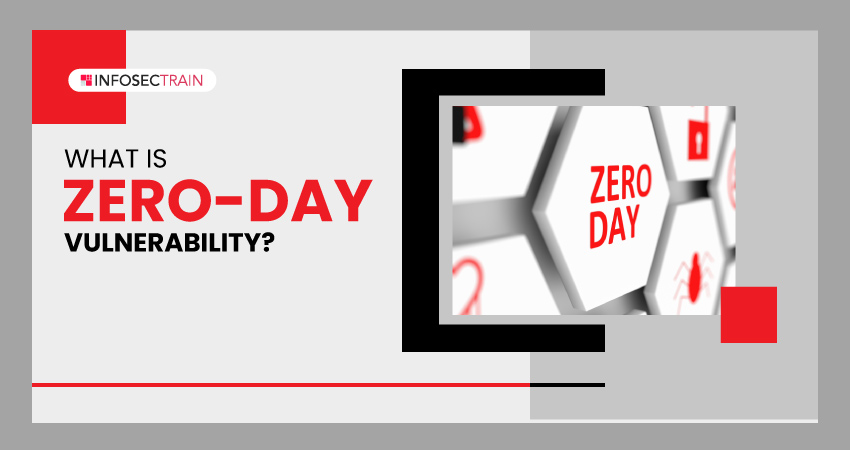What is a Zero-Day Vulnerability?
A zero-day vulnerability, also known as a zero-day exploit, is a security flaw or vulnerability in a software application and system that a software developer or vendor is unaware of. The term "zero-day" indicates that software providers have zero time to develop and release a patch or fix to safeguard users once malicious individuals identify or exploit the vulnerability.
Zero-day vulnerabilities are highly valuable and appealing to cybercriminals and hackers as they can use them before any protective measures are implemented.
Risks of Zero-Day Vulnerabilities
Zero-day vulnerabilities are a big concern as they may expose individuals, organizations, and national security at risk. Here are a few major risks:
- Immediate Exploitation: Developers are unaware of zero-day vulnerabilities, rendering systems instantly vulnerable.
- Data Breaches: Malicious actors can steal sensitive data, leading to data breaches.
- Financial Impact: Remediation expenses, legal liabilities, and reputational damage can cause significant financial losses.
- Limited Defense: Until the vulnerability is revealed and fixed by the software vendor or developer, no patches or defenses are available.
- Malware Distribution: Zero-days can be used to deliver and spread malware.
- National Security Threats: State-sponsored malicious actors may use zero-day vulnerabilities for cyberwarfare or espionage against vital infrastructure, threatening national security.
- Privacy Invasion: Individual privacy can be invaded, compromising personal data and online activities.
- Persistent Threat: Malicious actors can sustain access through stealthy mechanisms, leading to long-term security risks.
How to Mitigate Zero-Day Vulnerabilities?
Here are some common zero-day vulnerability prevention strategies:
- Application Whitelisting: Implement application whitelisting to restrict software execution to approved applications, limiting the attack surface.
- Access Controls: Implement strong access controls and least privilege principles.
- Incident Response Plan: Develop a robust incident response plan for quick mitigation when zero-days are exploited.
- Network Security: Use advanced network security measures, including firewalls, intrusion detection systems, and network monitoring, to detect and block suspicious activities and threats.
- Patch Management: Implement a robust patch management process to promptly apply software updates and security patches to reduce known vulnerabilities.
- Threat Intelligence: Stay informed about emerging threats and vulnerabilities through intelligence services.
- User Education: Train users to recognize phishing attempts, email attachments, and suspicious links.
- Vulnerability Scanning: Conduct regular vulnerability scans of systems and applications to identify weaknesses, including zero-days.
- Zero-Trust Model: Implement strict access controls and verification for all system access.
Explore
related posts:
● How To Prevent Zero-Day Attacks?
● Common Cyber Attacks and Ways to Prevent Them
● Why are Ransomware Attacks Increasing?
How can InfosecTrain Help?
InfosecTrain offers a range
of IT security and cybersecurity certification training courses that equip
individuals with diverse skill sets to safeguard themselves and their
organizations against emerging digital threats. Consider enrolling in our Certified Ethical Hacker (CEH)
certification training course, where you will enhance your knowledge of
essential security fundamentals and delve into diverse cyber threats and attacks
and their preventive measures.

